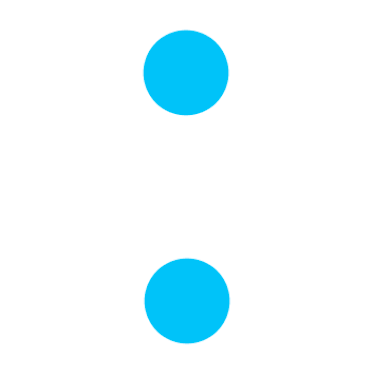MODULE - 1 Est. Duration: 57 min
MODULE - 2 Est. Duration: 48 min
MODULE - 3 Est. Duration: 1 hr 9 min
MODULE - 4 Est. Duration: 41 min
MODULE - 5 Est. Duration: 42 min
MODULE - 6 Est. Duration: 23 min
MODULE - 7 Est. Duration: 56 min
MODULE - 8 Est. Duration: 25 min
MODULE - 9 Est. Duration: 17 min
MODULE - 10 Est. Duration: 24 min
Unit 8 .1
're' GROUP
Est. Duration: 2 Minutes
Bookmark This
INTRODUCTION
In this unit, we’ll get to know about the ‘re’ group ( Devanagari: रे | IPA: /reː/ | Pronunciation: ) . This group consists of four consonants - ‘re’, ‘.De’, ‘ze’ and ‘zhe’.
- zhe
- झ़ॆ
- ze
- ज़े
- .De
- ड़े
- re
- रे
Above: Letters in the ‘re’ group
8.1.1: ‘re’
This is the letter - ‘re’ (Devanagari: रे | IPA: /re:/ | Pronunciation: ).
It creates the sound of ‘r’ (र | ) as in “ran”, “frog”, “other” or as in the Hindi/Urdu words - “रास्ता”, “भरम”, “अंदर” etc.
8.1.2: ‘.De’
This is the letter - ‘.De’ (Devanagari: ड़े | IPA: /ɽe:/ | Pronunciation: ).
It creates the sound of ‘ड़’ ( ) as in the Hindi/Urdu words - “लड़ना”, “रगड़” etc.
It has no equivalent sound in English.
8.1.3: ‘ze’
This is the letter - ‘ze’ (Devanagari: ज़े | IPA: /zeː/ | Pronunciation: ).
It creates the sound of ‘z’ (ज़ | ) as in “zebra”, “maze” or as in the Hindi/Urdu words - “ज़मीन”, “मिज़ाज”, “राज़” etc.
8.1.4: ‘zhe’
This is the letter - ‘zhe’ (Devanagari: झ़ॆ | IPA: /ʒeː/ | Pronunciation: ).
It creates a sound equivalent of the ‘g’ in the word “rouge” or the ‘s’ in the words “measure” , “treasure” etc.
It has no equivalent sound in Hindi.
Now, before we start looking at words that can be created with these new letters, let’s take a moment to learn about the letters ‘ze’ and ‘zhe’ and their sounds in a bit more detail.





.png)


